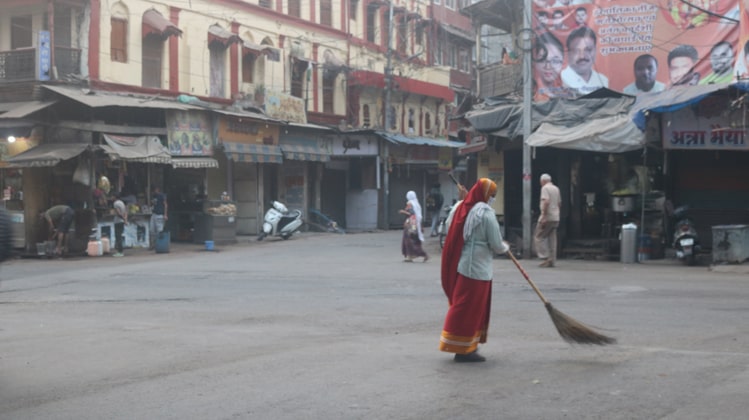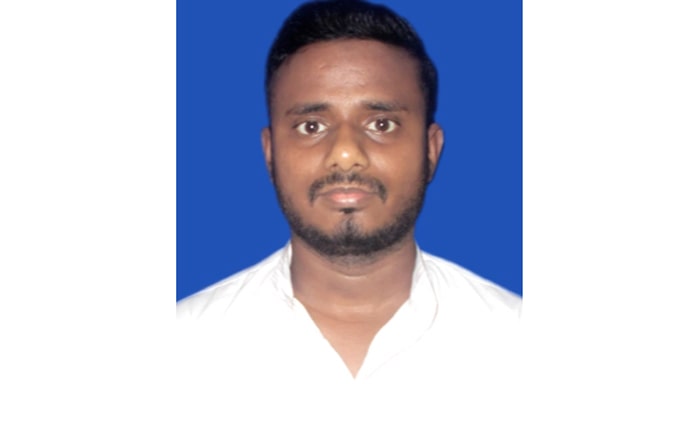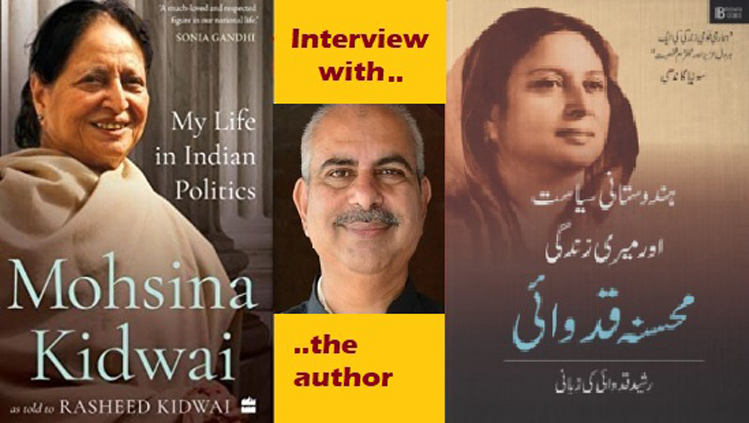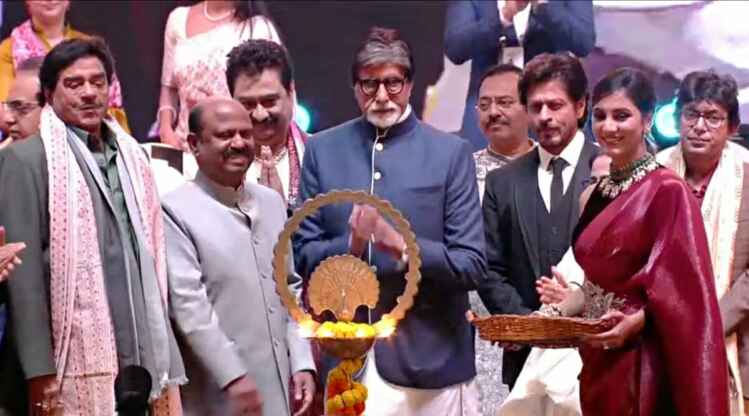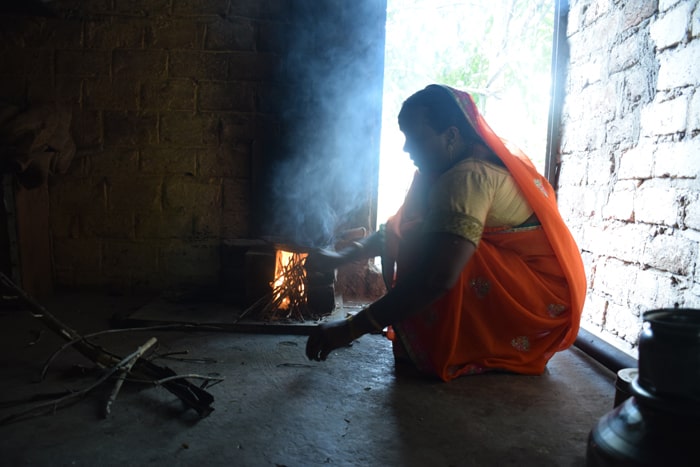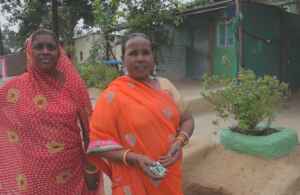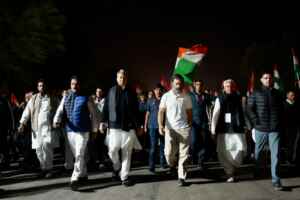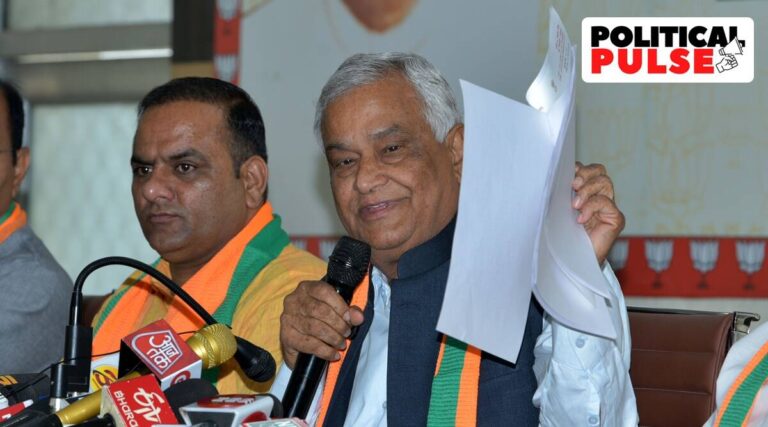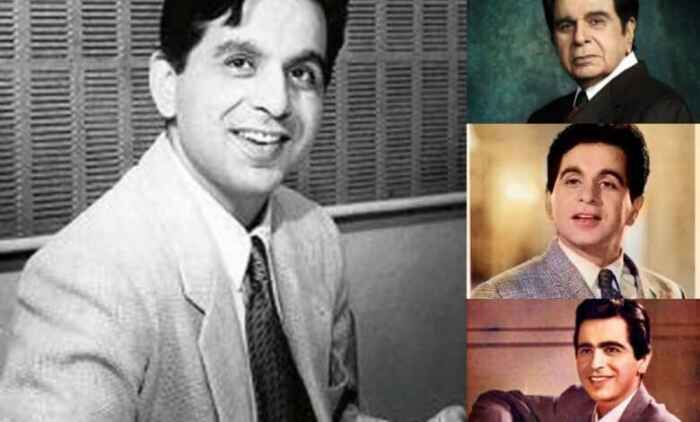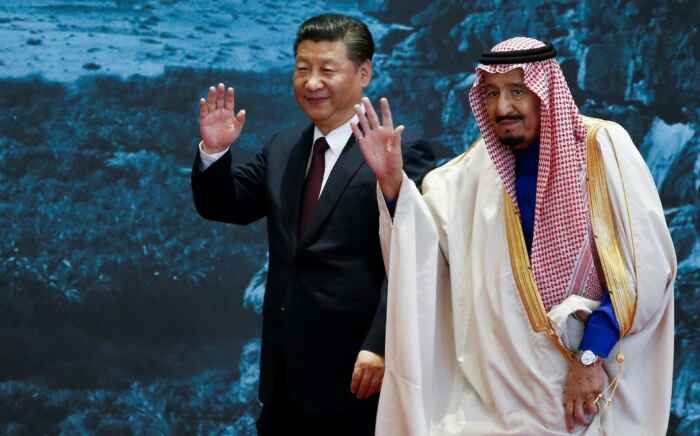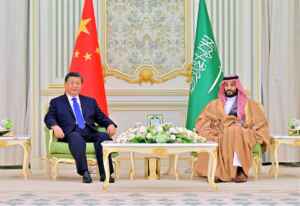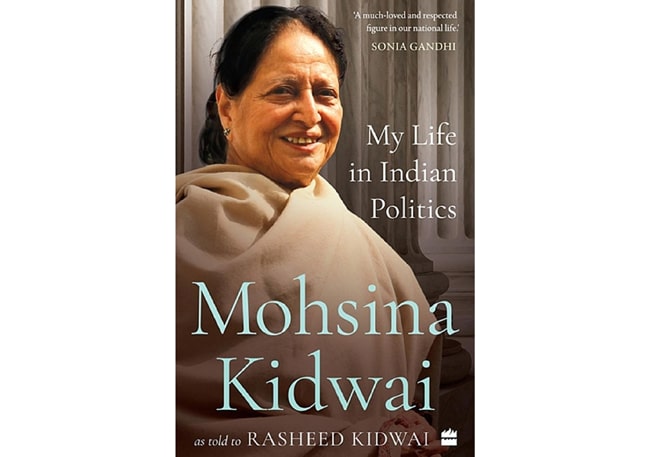Indore: Maya Munnalal, who is about 47, gets ready every morning at 5:30 am and goes out armed with a broom to clean the Rajwada area, the main market of Indore, the largest city of Madhya Pradesh. This area of the city is a part of Ward 58 of Indore Municipal Corporation.
First of all, Maya registers her presence with her thumb impression at the supervisor’s office. Then she starts her work on the main road and meticulously cleans the area from 6 am to 2 pm. She works without a break under the supervision of area supervisor Rakesh Chauhan.
“We have the responsibility of cleaning an area of about 800 meters which we complete by 2 pm. We have to check the entire area and make sure there is no dirt left anywhere,” she said.
Maya is not only a sanitation worker but is such a woman of Indore due to which this city with a population of about 34 lakh (3.4 million) has remained at the number one position in the country in terms of cleanliness for the last six years consecutively.
Role of female sanitation workers
Cleanliness can be seen in Indore constantly adjudged the cleanest city in the country but the level of air quality here is very poor. According to Clean Air Catalyst, “With a population of 3.4 million, Indore is the commercial hub and most populous city in the state. The city is not meeting the national government’s ambient air quality standards. Reducing air pollution to the recommended levels could save an average of 4.4 years of life per person.”
Clean Air Catalyst is a flagship program launched by the U.S. Agency for International Development and a global partnership of organizations led by World Resources Institute and Environmental Defense Fund, Inc. Clean Air Catalyst is working with the Indore Municipal Corporation and Madhya Pradesh Pollution Control Board to tackle the root causes of the City’s air pollution.
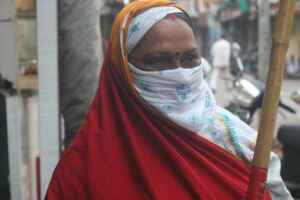
But Maya is unaware of this and the harm it does to her health. When she was asked about it, she thought it better not to answer the question directly. “We don’t know about it. We don’t have any problem. Sometimes some of us become sick but it is not an unusual thing,” she said.
However, while spending 8 hours a day on the city’s roads, many female sanitation workers like Maya endure all kinds of pollution. There are more than 8 thousand Safai Mitras or sanitation workers in Indore who work day and night to keep the city clean. Most of them are women who are engaged in cleaning the streets but are themselves vulnerable to many diseases due to the rising pollution of the city.
Not using any protective equipment
When these women were asked whether they have any kind of protective equipment, they said that they do have it, but we did not find these women using it anywhere in Indore.
The jobs of these women are temporary, so they are not able to put forth their points openly and effectively. But another woman working in the same area, on the condition of anonymity, admitted that she has many problems related to breathing.
She said, “Apart from this work, we do not have any other means of livelihood. I have three daughters, if we don’t do this work, then how will we survive.”
Rajwada area supervisor Rakesh Chauhan said, “Permanent sanitation workers get Rs. 30,000 per month as remuneration, while muster sanitation workers get Rs. 8,000 and regulated sanitation workers get around Rs. 17,000 per month. Each sanitation worker is responsible for cleaning an area of about 800 metres.”
Under muster, workers are hired on fixed remuneration for a fixed period. Besides, the regulated employees are those who are called when needed.
Sangeeta Bai, who works in Ward 59, has been doing this work for the last 30 years. She is over 50 years old and is also a sugar (diabetes) patient.
“I suffer from some minor ailments. Sometimes there is difficulty in breathing and I frequently suffer from coughing. But work has to be done in all seasons,” she said.
She is oblivious to the smoke coming out of the vehicles passing by. Unaware of the health hazards she is daily exposed to, she believes vehicles are everywhere and their smoke does not cause any particular harm to her health.
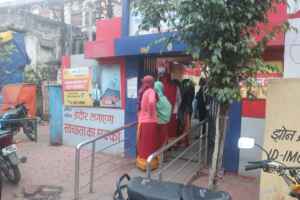
Health of sanitation workers
Notably, the city’s Mahatma Gandhi Medical College (MGM) had conducted a study in 2017 regarding the health of sanitation workers. On the basis of this study, it was concluded that most of the municipal sanitation workers are females and 96 percent of them are suffering from one or more diseases. The most prevalent among them are the diseases of the respiratory system as 87 percent of those involved in the study were found to be suffering from them due to exposure to harmful gases.
It was also revealed in the study that 85 percent of the sanitation workers were aware of protective gear but not a single one was found using them. 98 percent of them had said that if they are given protective equipment, they would definitely use it.
Dr. Sanjay Dixit, Dean, MGM college, Indore said, “Cleanliness on roads means regularly dealing with pollution, there can be no two opinions about it. The most important pollution from the point of view of health is the air that they regularly inhale and this has a very bad effect on the functioning of the lungs.
“Most of the street sweepers are women and women in Indian families are negligent in taking care of their food and health. As a result, the side effects of pollution are more pronounced and prevalent among women due to a decrease in their immunity,” said Dixit.
However, some steps can be taken to maintain the health of these female sweepers, he said.
“No doubt personal protective measures like wearing masks, gloves, goggles, head caps etc. can go a long way in preventing or reducing the ill-effects of pollution; they should be followed strictly,” he said.
Dixit further said, “When we sweep the dust with a broom, the dust particles float in the air and they go into our lungs when we inhale. So the system of sweeping and picking up the garbage manually should end. The harms of pollution will be negligible if cleaning is done using vacuum cleaners.”
Dixit also underscored the need for regular health check-ups of all the sweepers with the help of x-rays and scans. If any problem is found in the respiratory system, the disease can be identified and treated effectively at the initial level, he said.

Diseases due to air pollution
It is clear from this study conducted on about 200 people that these women working on the roads are facing various diseases due to air pollution. At the same time, it was also found that only 57 percent of them consulted qualified physicians for their illnesses.
While talking to the sanitation workers in different areas including Aurobindo Hospital, Mhow Naka Square, Bapat Square, Pardesipura, Satya Sai Square, Vijayanagar, Palasia Square in Indore city, we noticed none of them was provided with masks or gloves or other equipment for protection from air pollution or environmental contaminants.
Rakesh Chauhan said, “We also conduct health check-ups of sanitation workers once or twice a year.”But he could not tell what diseases the female sanitation workers were found to be suffering from during their check-ups.
In a research which was presented at the European Respiratory Society International Congress in Barcelona, Spain in September, it was found that women get more affected by air pollution than men. According to a study by the University of Manitoba in Winnipeg, breathing in fumes from diesel exhaust may be more damaging to women than to men.
The researchers recruited five women and five men who were healthy non-smokers. They were then asked to spend four hours breathing filtered air and another four hours breathing air containing diesel fumes.
They did this three times, each four weeks apart, with different concentrations of fine particulate matter. After each breathing experience, the volunteers donated blood samples 24 hours later.
Researchers examined the volunteers’ blood plasma — the liquid component of blood that carries blood cells, proteins and other molecules throughout the body. Using a technology called liquid chromatography–mass spectrometry, the researchers looked for changes in the levels of different proteins following exposure to diesel exhaust. They then compared the changes in men and women. The team found levels of 90 proteins that were distinctly different between female and male volunteers after exposure to diesel exhaust, with more changes seen in females.
Some of those differing proteins are known to be involved in inflammation, damage repair, clotting, heart disease and the immune system. Some of these differences were clearer with higher levels of diesel exhaust.
Findings presented at medical meetings are considered preliminary until published in a peer-reviewed journal.
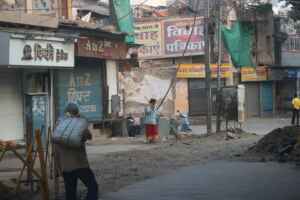
A recently conducted survey by the Ministry of Environment shows that Indore is one of the 37 cities in the country in which air quality has deteriorated in the last four years.
The survey found that the level of PM 10 (inhalable particles with a diameter of about 10 micrometres) in the city’s air had increased during the period between 2017 and 2021.
The study highlights the need for holistic pollution control with a focus on the removal of sources of air pollutants, which cannot be done through surface cleaning in cities and roads alone.
The report of the University of Chicago’s Air Quality Life Index (AQLI) states that India is the second most polluted country in the world. With an average particulate matter concentration of 55.8 µg/m3 in the air, India’s pollutant levels are almost 11 times higher than the guidelines set by the World Health Organization (WHO)
Dr. Lokendra Dave, head of the State Tuberculosis Hospital, Bhopal believes that health camps should be organized every month for all the employees engaged in cleaning work.
He said, “Cooperation of voluntary organizations and pharmaceutical companies can also be taken in this. There are many such social organizations and pharmaceutical companies in our state who are ready to cooperate in this service work. We have to organize health camps in coordination with them. Employees will have to be told about the benefits of regular use of things like masks and gloves.
According to Dr. Dave, health awareness should be created among sanitary workers because at present most of the workers do not use tools for protection from dust and smoke while cleaning.
They do not know about the diseases caused by dust and smoke. They have to be made aware for better health.
Kaushik Raj Hazarika, the project leader of the ongoing Clean Air Catalyst Program feels that The Indore administration has done commendable work in solid waste management and involving citizens and sanitation workers lie at the heart of this success.
“They also need to be sanitized about air pollution and the harmful effects of pollutants on their health. The Catalyst program in close association with the Indore Municipal Corporation has organized a number of air pollution related awareness workshops in the past. There are plans of more such programs in the coming year, especially targeted at vulnerable stakeholders like sanitation workers,” said Kaushik.
Kaushik feels that such efforts must be sustained over time and continuous.
Only through awareness, a pleasant change can be brought in the lives of women like Maya Munnilal and Sangeeta Bai and all the sanitary workers. If the sanitary workers remain disease-free, they will be able to do their work well.
Amidst all this, it is necessary that the Indore Municipal Corporation should organize health camps for these women every month and also create awareness among them about the use of things like masks and gloves. Change can be brought into the lives of women like Maya Munnilal and Sangeeta Bai only through awareness.
This story has been produced with support from Internews’ Earth Journalism Network


